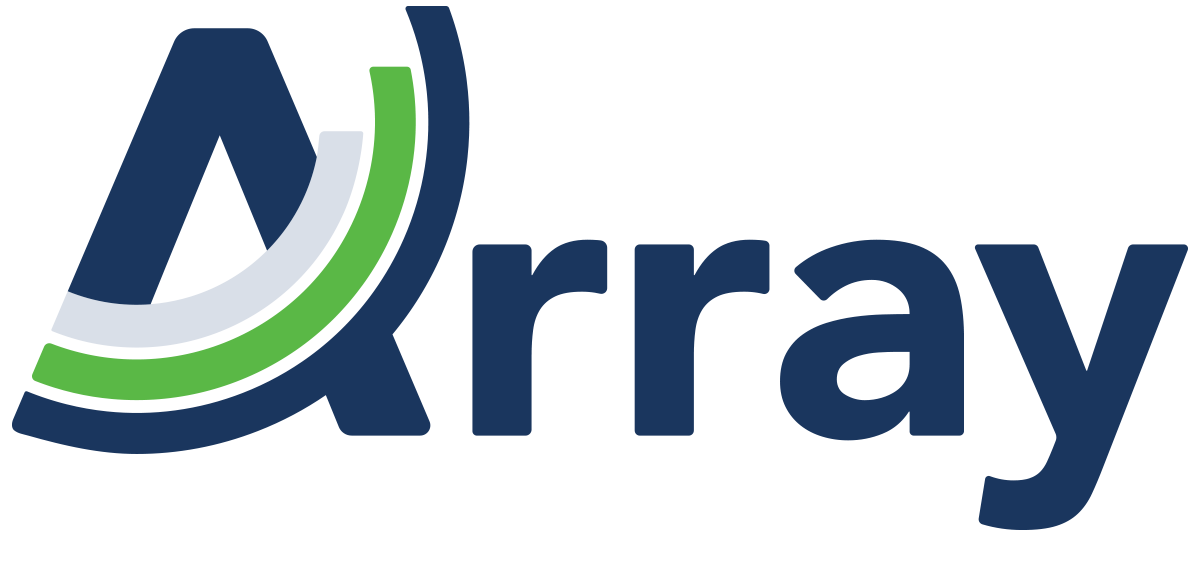The legal industry is undergoing a profound transformation, driven by the convergence of disruptive technologies and the rise of a new generation of legal professionals. As an industry veteran, I have witnessed the immense potential of innovation to revolutionize the way we approach projects, handle data, and view emerging trends. Embracing what is coming will drive unprecedented growth, but it will also force our industry to reshape how every player in the legal lifecycle addresses data integration, workflow optimization, and job differentiation.
Current Landscape: The integration of artificial intelligence (AI), blockchain, and cloud computing into legal processes is no longer a distant prospect but a present reality. AI-powered tools streamline document review and contract analysis, enabling legal professionals to focus on higher-value work. Blockchain’s unchangeable nature transforms secure record-keeping and smart contracts, while cloud computing drives efficiency and cost savings.
Generational Influence: Millennials and Generation Z, as digital natives, bring unique perspectives and expectations to the legal workforce. They prioritize intuitive, user-friendly interfaces, flexibility, collaboration, and instant access to information, driving a fundamental shift in legal service delivery and legal technology product development. Champions within our industry are already embracing technology, changing product roadmaps, and showcasing how AI is transforming their everyday work life.
Transformative Potential: The emergence of Large Language Models (LLMs) in document review exemplifies the transformative potential of legal innovation. As tech-savvy legal professionals embrace LLMs, efficiency gains are immense, challenging the traditional billable hour model and prompting a reevaluation of differentiation and growth strategies. Law schools are offering eDiscovery courses, and some platforms are already entrenched in those schools, offering access to legal technology. This new generation will expect more from the industry, questioning the push for all-in-one solutions, the review of text messages in traditional platforms, and the lack of seamless integration between technologies. My theory is they will demand legal technology be as accessible as picking an app from the app or Google Play store.
Adapting to Thrive: To thrive in this new era, the legal industry must adapt and evolve. Law firms and legal service providers must embrace disruptive technologies, rethink traditional service delivery approaches, and prioritize value-based pricing, specialized expertise, strategic consulting, technology leadership, and client collaboration.
Managed Review Evolution: In the managed review space, integrating LLMs and other disruptive technologies necessitates a proactive approach. By investing in these technologies, focusing on quality control, providing expert-level technology consulting, offering specialized expertise, and diversifying service offerings, providers can deliver value to clients and drive growth amid rapid change.
Redistribution of Legal Work: The widespread adoption of disruptive technologies will lead to a redistribution of legal work, emphasizing higher-value, strategic tasks. This shift will require a reevaluation of hiring and training practices, focusing on technological proficiency and adaptability. The legal landscape may experience further consolidation among service providers and the emergence of innovative, technology-driven players eager to reshape the industry.
Adjacent Technologies: Adjacent technologies to eDiscovery will likely continue to make a play in the legal space, bringing their tools into our industry and causing further rethinking. This will inevitably change the legal project management landscape, requiring subject matter experts to avoid silos, quickly learn how to handle emerging data types, and adapt to new products. The need for product owners, application engineers, and project management in the traditional sense will require different skill sets and look different from the current job descriptions and titles in our industry.
Conclusion: The confluence of legal technology, disruptive innovation, and generational change presents an unprecedented opportunity for growth and differentiation within the legal sector. By embracing these transformative forces, adapting to evolving needs, and reimagining value delivery strategies, the legal industry can position itself at the forefront of this exciting new frontier. As legal professionals, we must harness the power of disruptive technologies to drive growth, revolutionize client experiences by upskilling our subject matter experts, and shape the future of legal practice by collaborating closely with our software partners to guide product roadmaps and integration.
Array’s Commitment: At Array, we recognize the importance of staying at the forefront of these transformative changes. We actively collaborate with our software partners to guide product roadmaps and ensure seamless integration, enabling our clients to harness the full potential of these cutting-edge tools.
Christine Porras, Director of Technology Solutions
Christine brings over two decades of experience in the legal industry to her role. She has made significant contributions to AmLaw 100 law firms, service providers, and corporations throughout her career. Christine’s expertise lies in optimizing legal processes through a combination of litigation support, workflow management, and strategic technology integration. She is adept at vetting and onboarding cutting-edge legal technology solutions, fostering strong relationships with software partners, and seamlessly integrating workflows to maximize efficiency. With her deep understanding of the legal technology landscape and her commitment to driving innovation, Christine is well-positioned to guide organizations through the transformative changes reshaping the legal industry.

